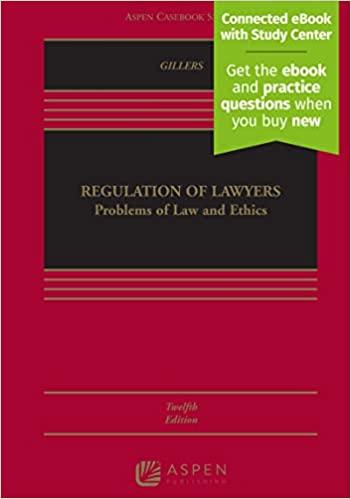As explained, the criminal justice system is separated into three branches: law enforcement, courts, and corrections. What is each branch responsible for? How do they interact with one another? Explain how each of these pieces of the system work to complement the others. What would happen if one branch of the system were broken? Describe how the malfunction of one criminal justice system branch would affect the operation of the other two branches. Hello All, I hope you all are well and staying safe in these uncertain times. As noted, there are three branches into the criminal justice system: law enforcement, courts, and corrections. Law Enforcement is responsible for upholding and enforcing the law, keeping the public safe, investigate crimes committed and charge those individuals responsible for possible crimes committed. Courts are responsible for determining the fate of those accused and/or charged with a crime. Courts must determine if enough evidence was provided to pursue prosecution against the alleged offender. In addition, a court must also oversee and ensure that the offenders rights were not violated, and due process prevailed. Finally, corrections, if an individual is found guilty for offenses committed, they processed over to a correctional facility to serve a sentence handed down by the courts. Correctional facilities are responsible for ensuring that the offenders sentenced serve assigned sentences and maintain the public safe by keeping those needed to be incarcerated in incarcerated. For our justice system to work and function correctly all branches must work fluidly from the start. As mentioned before, Law Enforcement must enforce the law and ensure when enforcing the law that when charging an individual with a crime that the evidence provided is sufficient enough to arrest and charge an individual with a crime. Secondly one individual is arrested is presented in court it is up to the courts to determine that due process was done and that the offenders rights were not violated, and the evidence provided is enough to sentence an offender. Lastly if a court determines all evidence provided is sufficient and is sentenced, he and/or she is handed over to the corrections department at which point they would serve the sentence given to them by the courts. You need law enforcement to enforce the law, you need the courts to determine ones due to process and if due process is correct, they are finally sent to corrections to serve their punishment for crimes committed. If one of the branches were found to be broken, it would simply create bigger difficulties for the other two branches to work fluidly as it should. If a law enforcement officer arrests an individual for a crime but fails to provide accurate evidence to the courts a judge can determine that the individual be set free. Thus, not punishing a possibly guilty suspect and allowing him and/or her to reoffend. By not providing enough evidence a guilty individual would never see the inside of a correctional facility where he and/or she may need to be so that they would not re-offend again







